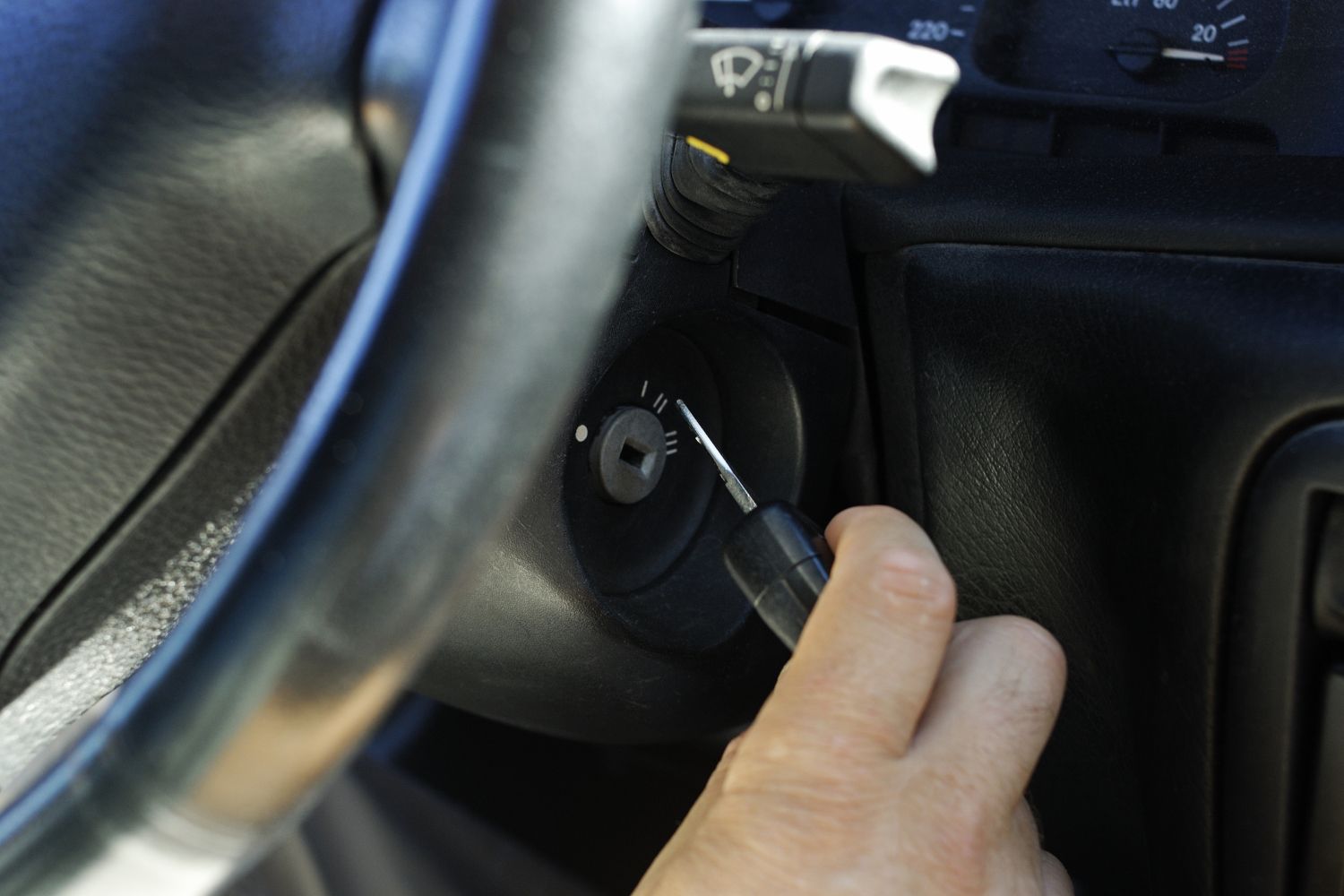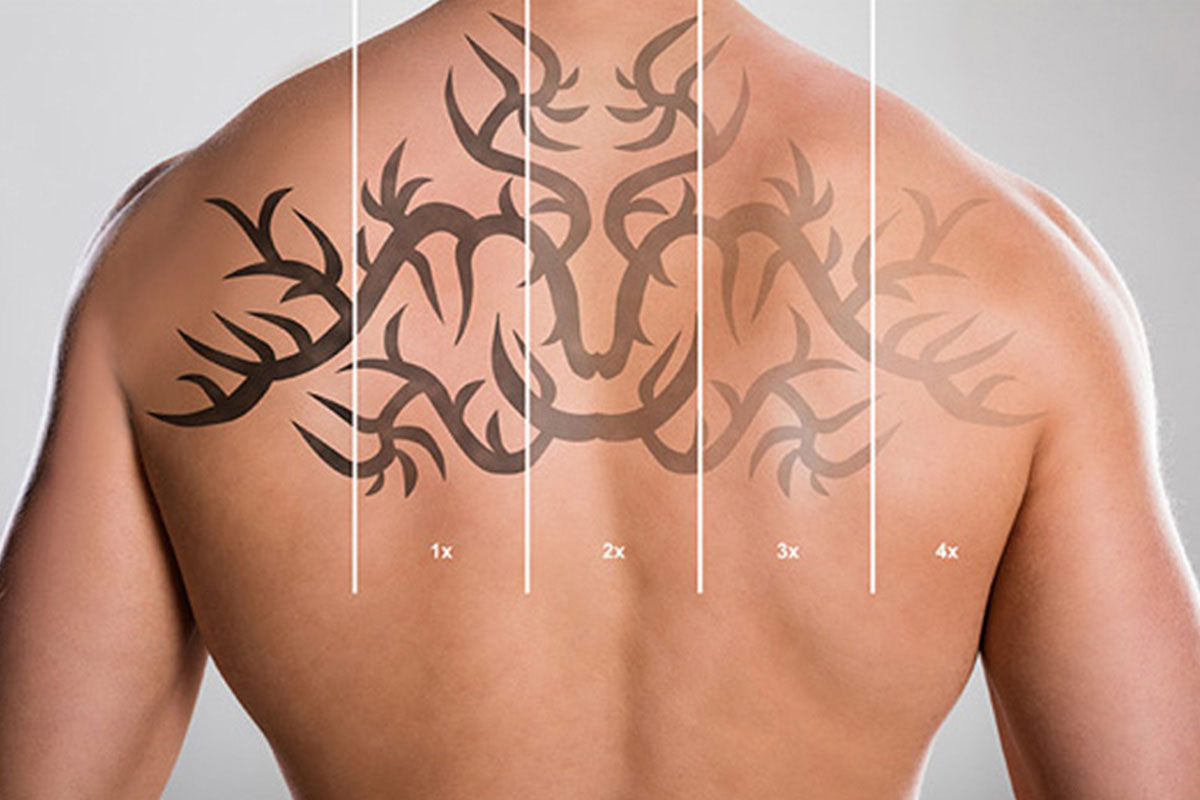Carpet tack strips are used to hold carpet in place along the perimeter of a room. They are typically made of wood or metal and are nailed or screwed to the subfloor. When it is time to replace your carpet, the tack strips will need to be removed.
Can I Remove Carpet Myself?
Whether or not you can remove carpet yourself depends on a few factors, including the size of the room, the type of carpet, and the condition of the subfloor. If you have a small room with basic carpet, you may be able to remove it yourself. However, if you have a large room with complex carpet or a damaged subfloor, it is best to hire a professional.
Here are some tips for removing carpet yourself:
1. Gather your supplies. You will need a utility knife, a pry bar, a hammer, and a trash bag.
2. Cut the carpet into strips. Make long, straight cuts with the utility knife.
3. Remove the tack strips. Use the pry bar to pry up the tack strips. Be careful not to damage the subfloor.
4. Roll up the carpet. Roll up the carpet strips and place them in the trash bag.
5. Clean the subfloor. Use a broom and vacuum cleaner to remove any remaining carpet fibers and tacks.
How To Remove Tack Strips Without Damaging Floors Underneath
To remove tack strips without damaging floors underneath, follow these steps:
1. Use a pry bar to loosen the tack strips from the floor. Start at one end of the strip and pry it up gently. Be careful not to damage the floor underneath.
2. Once the tack strip is loose, use a pair of pliers to pull it out of the floor. Be careful not to bend or break the tack strip.
3. Use a putty knife to remove any remaining adhesive from the floor. Be careful not to scratch the floor.
4. If the adhesive is difficult to remove, you can use a solvent such as mineral spirits. Be sure to test the solvent in an inconspicuous area first to make sure it does not damage the floor.
5. Once the adhesive is removed, sweep and mop the floor to remove any residue.
Here are some additional tips to avoid damaging your floors when removing tack strips:
- Use a pry bar with a wide, flat blade to distribute the pressure evenly and avoid gouging the floor.
- Be careful not to overload the pry bar, as this could cause it to slip and damage the floor.
- If the tack strips are particularly difficult to remove, you can try using a heat gun to soften the adhesive. Be careful not to overheat the floor, as this could cause damage.
- Once the tack strips have been removed, inspect the floor carefully for any damage. If you find any damage, you may need to repair it before installing new flooring.
Related Post: How Long is 60 Days? (Explaining the Calculation Process)
What Tools Do I Need to Remove Carpet?
To remove carpet, you will need the following tools:
- A pry bar to loosen the carpet from the tack strips.
- A utility knife to cut the carpet into manageable pieces.
- A heavy-duty trash bag to dispose of the carpet.
- A vacuum cleaner to clean up any remaining carpet fibers or debris.
If you are removing carpet from a large area, you may also want to rent a carpet cutter. This will make the job go much faster and easier.
Safety tips:
- Be careful when using the pry bar, as it can be sharp.
- Wear gloves and safety glasses to protect yourself from carpet fibers and debris.
- Be careful not to overload the trash bag, as it could break.
- Dispose of the trash bag according to your local regulations.
Related Post: What are Examples of Savory Foods? (25 Examples)
Steps for Removing Carpet
1. Clear the room. Remove all furniture and other belongings from the room.
2. Put on your protective gear. This includes a dust mask, work gloves, and goggles.
3. Detach the carpet from the tack strip. The tack strip is the metal or wooden strip that holds the carpet in place along the perimeter of the room. To detach the carpet, use a utility knife to cut through the backing of the carpet along the tack strip. Then, use a pry bar to pry the carpet away from the tack strip.
4. Cut the carpet into strips. This will make it easier to handle and dispose of the carpet. Use a utility knife to cut the carpet into strips that are about 3-4 feet wide.
5. Remove the carpet pad. If there is carpet pad under the carpet, remove it by rolling it up and disposing of it in heavy-duty trash bags.
6. Remove the tack strips (optional). If you are not replacing the carpet with new carpet, you can remove the tack strips. To do this, use a pry bar to pry the tack strips away from the subfloor.
7. Dispose of the carpet and padding. You can dispose of the carpet and padding at your local landfill or recycling center.
Tips:
- If the carpet is glued to the subfloor, you will need to use a floor scraper to remove the glue. Be careful not to damage the subfloor.
- If you are removing carpet from stairs, start at the top of the stairs and work your way down.
- If you are having trouble removing the carpet, you can hire a professional carpet removal company.
What to do with the removed carpeting, backing, and tack strip
There are a few different things you can do with removed carpeting, backing, and tack strip:
- Recycle them. Many communities have recycling programs for carpet, backing, and tack strip. You can check with your local waste management company to see if they offer this service.
- Donate them. If your carpet is in good condition, you may be able to donate it to a local charity or organization. Some charities accept carpet for their own use, while others may sell it to raise money for their programs.
- Dispose of them in the trash. If you cannot recycle or donate your carpet, backing, and tack strip, you will need to dispose of them in the trash. Be sure to check with your local waste management company to see if there are any special disposal requirements for these materials.
Here are some specific instructions for disposing of each item:
- Carpet: If your carpet is large, you may need to cut it into smaller pieces before disposing of it. Be sure to wear gloves and eye protection when doing this. You can roll up the carpet pieces and secure them with duct tape or twine. Then, place them in heavy-duty trash bags or a dumpster.
- Backing: Carpet backing can be bulky and difficult to dispose of. If you cannot recycle it, you may need to cut it into smaller pieces before disposing of it. You can roll up the backing pieces and secure them with duct tape or twine. Then, place them in heavy-duty trash bags or a dumpster.
- Tack strip: Tack strip is usually made of metal and wood. If you cannot recycle it, you can dispose of it in the trash. However, be sure to wear gloves and eye protection when handling tack strip, as it can be sharp. You may also want to wrap the tack strip in newspaper or cardboard to prevent it from damaging other items in the trash can or dumpster.
If you have a large amount of carpet, backing, and tack strip to dispose of, you may want to consider renting a dumpster. This will be the most efficient way to get rid of all of the materials at once.
Related Post: Why am I Getting so Many Friend Requests on Facebook?
Can I Put a Carpet Over Laminate Flooring?
Yes, you can put a carpet over laminate flooring. In fact, it is a common practice to do so. There are a few things to keep in mind when doing this, however.
First, make sure that the laminate flooring is in good condition. If there are any cracks or gaps in the flooring, the carpet will not lay flat and may eventually cause damage to the laminate.
Second, use a carpet pad between the carpet and the laminate flooring. This will help to protect the laminate from scratches and dents, and it will also make the carpet more comfortable to walk on.
Third, make sure that the carpet is not too thick or heavy. A thick, heavy carpet can put too much stress on the laminate flooring and cause it to crack or warp.
Finally, make sure that the carpet is properly secured to the floor. This will prevent it from slipping and sliding, and it will also help to keep the laminate flooring clean and free of dirt and debris.
Here are some additional tips for putting a carpet over laminate flooring:
- Choose a carpet with a low pile height. This will help to prevent the carpet from bunching up or becoming a tripping hazard.
- Use a double-sided carpet tape to secure the carpet to the floor. This will help to prevent the carpet from slipping and sliding.
- Place a rug pad under the carpet in high-traffic areas. This will help to protect the laminate flooring from wear and tear.
- Vacuum the carpet regularly to remove dirt and debris. This will help to keep the laminate flooring clean and free of scratches.
Related Post: Is the Sandlot Based on a True Story? (Explained)
Conclusion
Removing carpet tack strips is a relatively simple process, but it is important to be careful not to damage the subfloor in the process. By following the steps above, you can safely remove your carpet tack strips and prepare your subfloor for new carpet.
FAQs
If you are having trouble removing the tack strips, you can try using a power saw to cut them into smaller pieces. Be careful not to cut into the subfloor.
It is generally not recommended to reuse old tack strips. Over time, tack strips can become brittle and break. This could cause your new carpet to loosen or become wrinkled.
If you damage the subfloor while removing the tack strips, you will need to repair it before installing new carpet. You can repair the subfloor by using a patching compound or by replacing the damaged section of subfloor.
References
- makingmanzanita.com/how-to-remove-carpet-tack-strips/
- mycreativedays.com/how-to-remove-tack-strips/
- thisoldhouse.com/how-to-remove-carpet
- hometalk.com/how-to-remove-carpet-tack-strips






